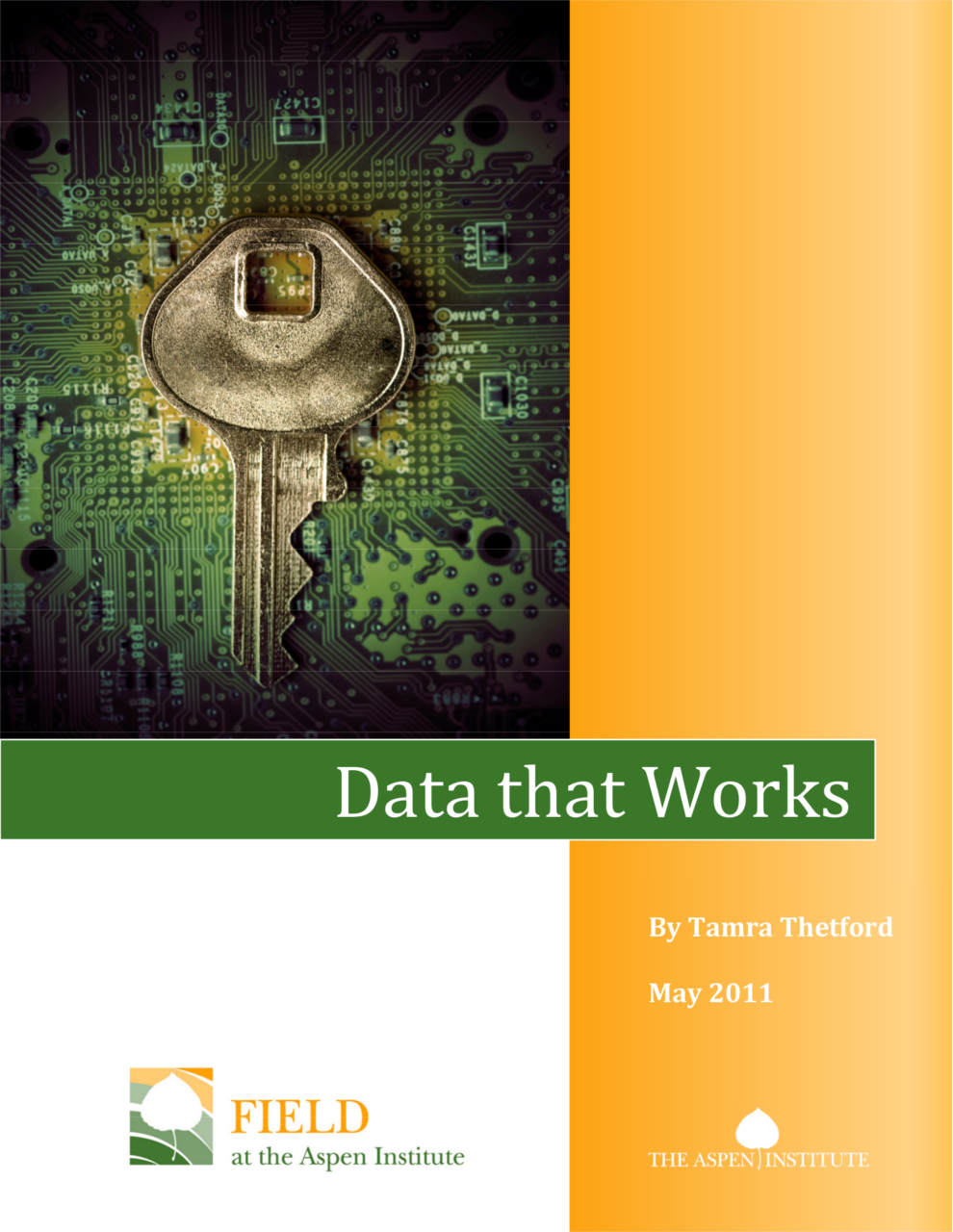The art and science of data collection and use is a crucial capacity for all organizations, but especially so for nonprofits that need to be able to constantly “make the case” for why they should exist. For-profit entities have to make the case too, but generally one figure is all they need — profits. For nonprofits the burden is a bit heavier as they are asked to speak to:
- Activities – what the program did;
- Volume – how much of these activities they accomplished;
- Performance – how well they did at the activities they undertook;
- Costs – how much money they spent on their activities; and
- Outcomes – what resulted after an organization’s activities?
Getting a handle on what data an organization needs, how to store that information and how to use it are core capacities for a nonprofit microenterprise program. Like most other things nonprofits must sort out as they grow and mature, processes for data collection, storage and use do not come naturally. Lessons are often learned only after considerable time is invested in a process of trial and error.
This guide serves as a way to help you think through the key pieces involved in collecting, storing and using your data. Each chapter tackles a topic along the spectrum of collection to use, highlights the most important things to keep in mind when tackling the topic and presents examples to give you a tangible place to start. This guide is targeted to student-led microenterprise programs that are generally young organizations with relatively minimal data tools and needs.


